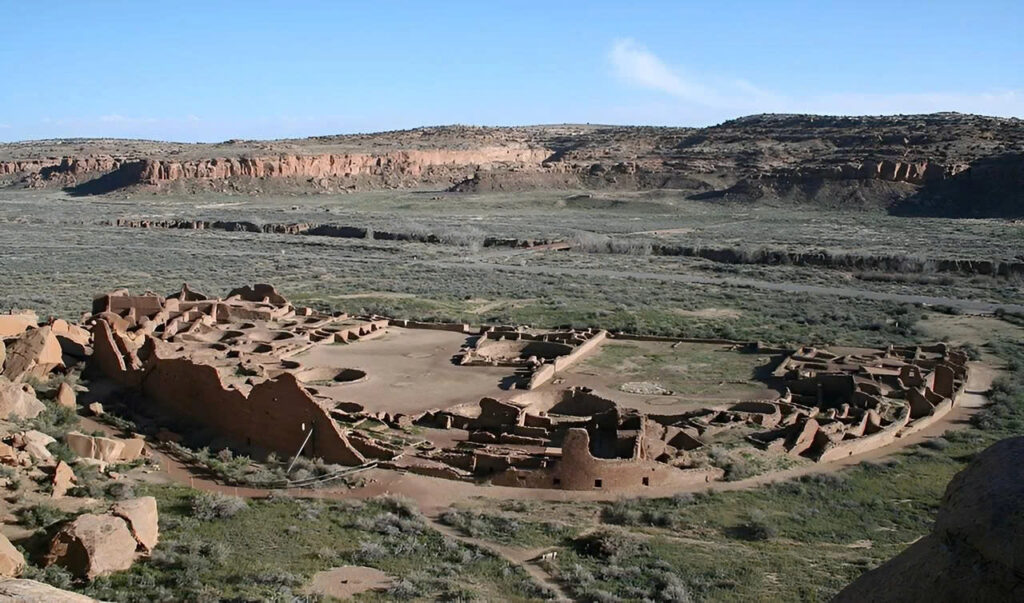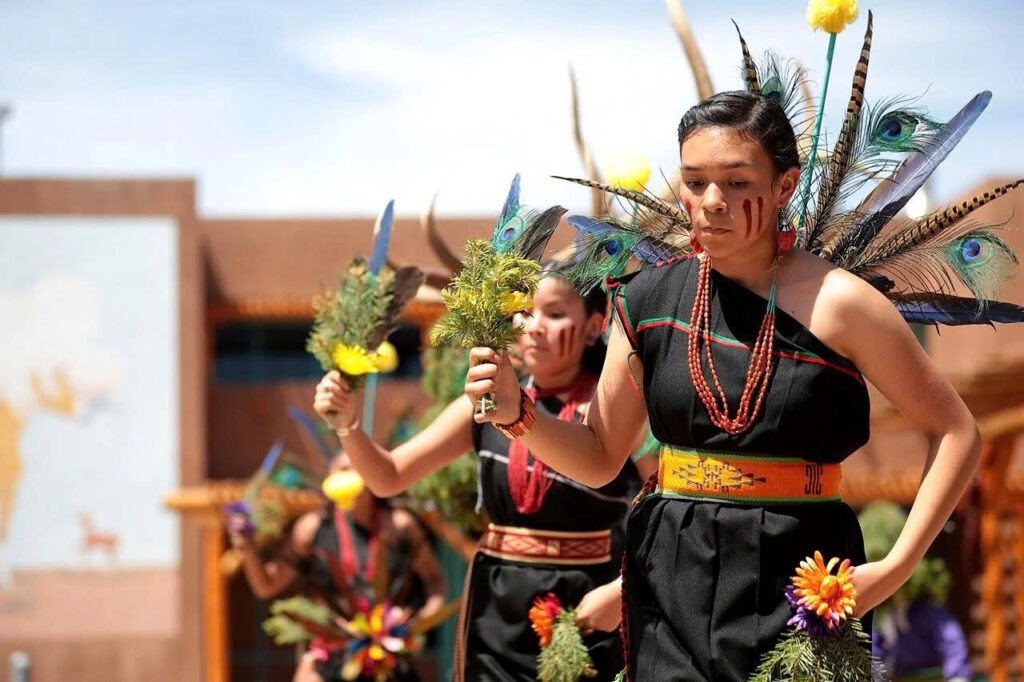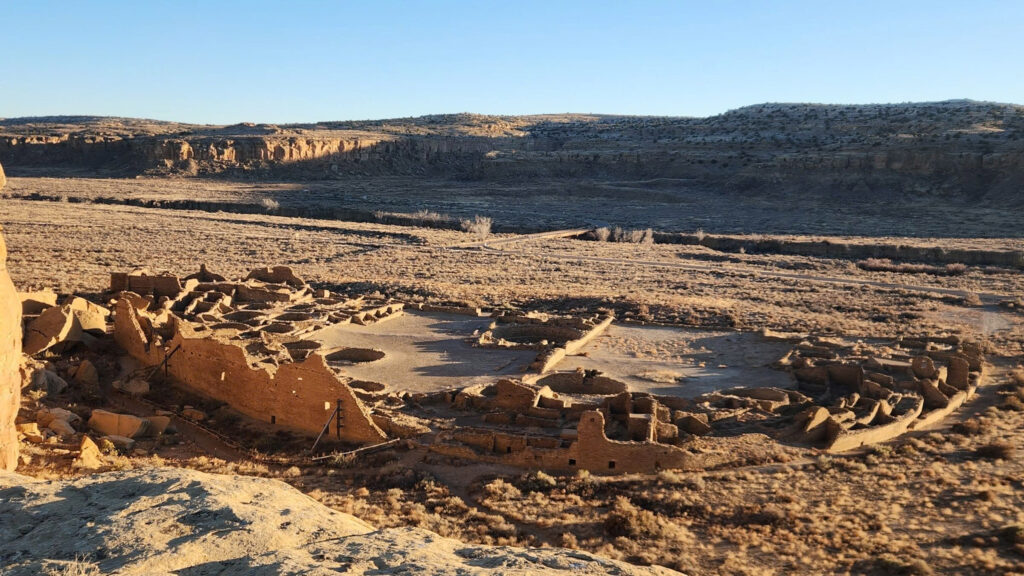A groundbreaking genetic study published in Nature magazine has provided scientific validation for what the Picuris Pueblo community has known through oral tradition for generations—their ancestral ties to the iconic Chaco Canyon. This landmark research, conducted on April 30th, marks the first time an Indigenous tribe has taken the lead in genetic studies involving their own heritage, establishing a new standard for respectful scientific collaboration with Native communities.
The Power of Oral History Meets Modern Science

For hundreds of years, the Picuris Pueblo, a small Indigenous community of approximately 300 members in northern New Mexico, has maintained detailed oral histories connecting them to Chaco Canyon. This UNESCO World Heritage site, famous for its expansive desert terrain and distinctive sandstone architecture, holds deep cultural significance for Pueblo peoples. Despite these longstanding traditional accounts, academic researchers and government officials had previously overlooked or discredited these ancestral claims.
Breaking Barriers in Indigenous Research
The catalyst for this revolutionary study emerged in 2019 when archaeologists from Southern Methodist University discovered human remains near Taos that had been overlooked in previous repatriation processes. Recognizing an opportunity to scientifically substantiate their historical narratives, particularly amid ongoing controversies over oil and gas development in the region, Picuris tribal leadership contacted Dr. Eske Willerslev, a renowned ancient DNA researcher at the University of Copenhagen.
A New Model for Ethical Scientific Partnership
Respectful Collaboration Takes Center Stage
What sets this research apart is its collaborative approach. Following two years of thorough discussions, the tribe maintained complete authority over the project, including the right to terminate it at any point. This represents a dramatic departure from historical research practices that often extracted materials and knowledge from Indigenous communities without proper consultation or consent.

The scientific team analyzed genetic material from 16 ancient Picuris individuals who lived between 1300 and 1500 A.D., comparing their DNA with samples from 13 current tribal members. The findings revealed remarkable genetic consistency across centuries and, crucially, established genetic connections to individuals buried at Chaco Canyon whose remains had been examined in a controversial 2017 study conducted without tribal involvement.
Learning from Past Research Mistakes
This study directly addresses the problematic history of Indigenous research exploitation. Previous incidents, such as the Havasupai tribe’s 2004 lawsuit against Arizona State University for unauthorized use of DNA samples originally collected for diabetes research, highlight the importance of ethical research practices. The Picuris-led initiative ensures that tribal approval is required for all research phases, and any future use of the collected data must receive explicit tribal consent.
Video
Strengthening Cultural Heritage and Environmental Protection
Supporting Broader Pueblo Connections

While this research provides genetic evidence supporting Picuris Pueblo’s connection to Chaco Canyon, tribal leaders acknowledge they are not claiming exclusive ancestry. Nearly two dozen Puebloan tribes maintain cultural and historical associations with this sacred site, reflecting the complex web of relationships among Southwestern Indigenous communities.
Amplifying Voices in Contemporary Debates
The genetic evidence strengthens the Picuris Pueblo’s position in current legal and environmental discussions surrounding Chaco Canyon. As debates over resource extraction and land protection continue, this scientific validation of ancestral connections provides additional support for tribal advocacy efforts to preserve this culturally significant landscape for future generations.
This pioneering research demonstrates how modern science, when conducted with proper respect and collaboration, can support Indigenous communities in protecting their cultural heritage while establishing new standards for ethical research partnerships.

